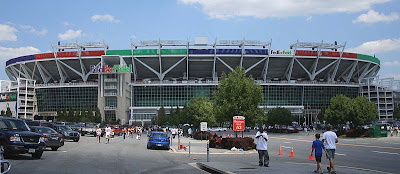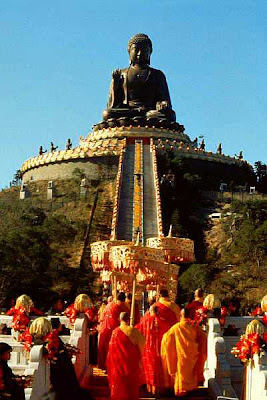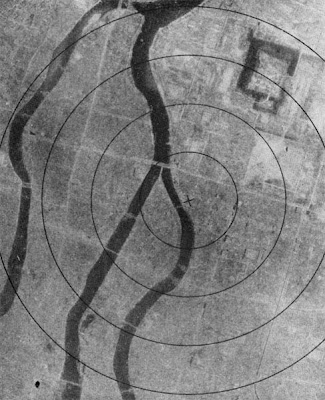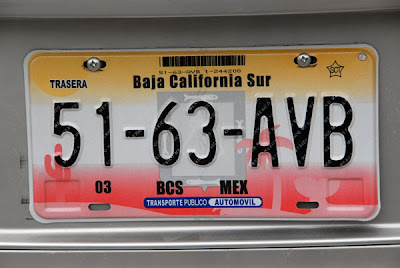 1974 was a boon year for memorable, forgettable and cheesy movies of all stripes. The best of the best that I was allowed to see at the ripe old age of ten included "Benji," "The Great Gatsby" and "Young Frankenstein." For cheese look no further than "The Towering Inferno," "Earthquake" and "Airport 1975." "Claudine" came along as well, when "blaxploitation" films were entering their zenith; great music, horrible production values but as a 5th grader, who cared?
1974 was a boon year for memorable, forgettable and cheesy movies of all stripes. The best of the best that I was allowed to see at the ripe old age of ten included "Benji," "The Great Gatsby" and "Young Frankenstein." For cheese look no further than "The Towering Inferno," "Earthquake" and "Airport 1975." "Claudine" came along as well, when "blaxploitation" films were entering their zenith; great music, horrible production values but as a 5th grader, who cared? There were others but one movie for some unknown reason settled in to the back of my mind with the kind of romanticism and sense of adventure that only a child could appreciate. Having helped a friend get his early life in order, the young protagonist in "The Adventures of Huckleberry Finn" decided it was time to make his own mark in the world as he understood it and leave the restrictions of civilized society behind. He would soon discover that things were not as he had been raised to believe, with songs, runaways, derelicts, fights, escapes and a bit of cross-dressing thrown in for good measure.
Jeff East and Paul Winfield headlined as Huck Finn and Jim in this musical adaptation, respectively and while it was their developing friendship that stuck in my mind it was the song they sang that resonated: "Cairo," written by the Sherman brothers of "Mary Poppins" and "The Jungle Book" fame.
The chorus sang of how life was better in Cairo than anywhere else on
One lifetime later, I finally made it to Cairo, Illinois, former crown jewel in the re
 gion of Illinois still referred to as "Little Egypt," more rural Southern than Midwestern in mindset from the rest of the state and as rich in soil, marshland and fishing as the Nile Delta. I arrived three lifetimes after nearly everyone else had left town.
gion of Illinois still referred to as "Little Egypt," more rural Southern than Midwestern in mindset from the rest of the state and as rich in soil, marshland and fishing as the Nile Delta. I arrived three lifetimes after nearly everyone else had left town. Sitting at the junction of the Ohio and Mississippi Rivers, Cairo reached a population of 20,000 in its 1900s heyday when rivers still edged out the train as the economic engine of the country. Today barely 3,300 people live in a town featuring whole sections of abandoned commercial districts. Welcome signs lean against half-used levees and the old "Gem" Theater, a major vaudeville venue of 700 seats turned movie theater like the rest of them closed for the last time in 1978. Unlike Point State Park in Pittsburgh there wasn't much of one just south of Cairo to feature where tw
Two grand homes at the corner of Washington Avenue, the old "Millionaire's Row," and 28th Street stand pretty much as all that remains intact of what was an affluent way of life for the rich and powerful of the area. Filled with dusty "period" furniture and faded memories, the red Victorian "Magnolia Manor's" major moment was as the setting for Grant's retirement from the White House. Across the street, "Riverlore" was built by a riverboat captain with other varied interests in the area as well. These two stand guard over a tree-lined, divided promenade that was once festooned with such wedding cake finery when King Cotton and Ol' Man River ruled the region.
There are no major battlefields in the area to pull tourists off the highways
A forgotten musical and a dead industry. For Cairo, Ay-Ro, Huck Finn and a Union supply depot are just not enough.
Gotta go.




























